Dry, flaky skin can result from various factors, including genetics and aging, which naturally predispose some individuals to this condition. If left untreated, dry skin can crack, increasing the risk of infections. Fortunately, there are many remedies and lifestyle adjustments to help restore and maintain hydrated, healthy skin.
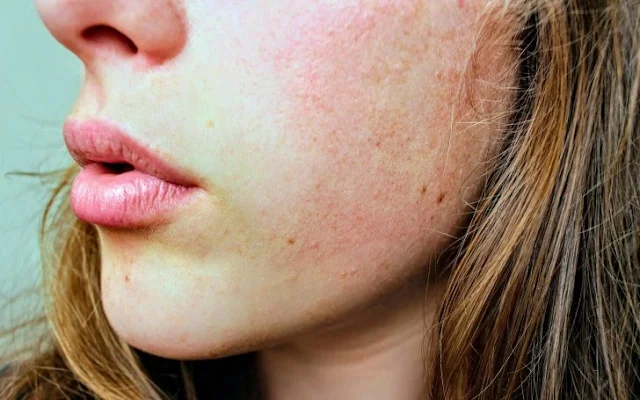
Shower Smarter
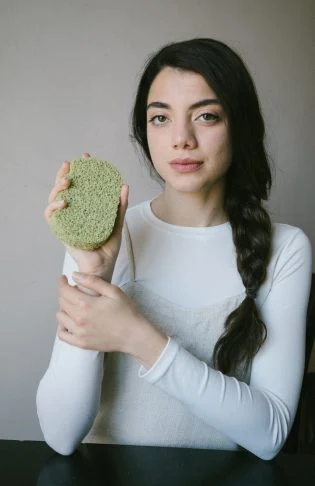
Frequent washing can strip the skin of its natural oils, making it more prone to dryness. To lock in moisture and protect your skin:
- Use lukewarm water: Avoid hot water, which can exacerbate dryness.
- Pat dry gently: Use a towel to pat your skin dry instead of rubbing.
- Moisturize immediately: Apply moisturizer while your skin is still damp to seal in hydration.
- Shave wisely: Always use shaving gel and a sharp razor to reduce irritation.
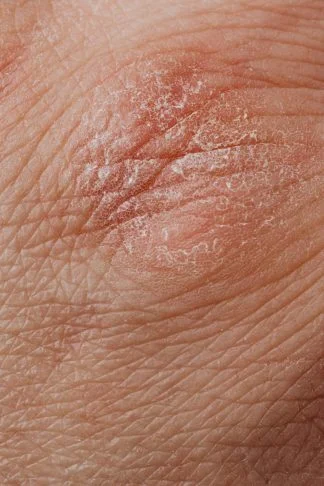
Combat Winter Dryness
Winter weather is particularly harsh on the skin due to cold air and frequent handwashing. To minimize its effects:
- Wear gloves: Protect your hands outdoors and while performing tasks like dishwashing.
- Use a humidifier: Adding moisture to indoor air can prevent dryness, as recommended by dermatologists.

Natural Remedies for Dry Skin
1. Olive Oil
Extra-virgin olive oil is rich in vitamin E and antioxidants, making it effective for repairing dry skin. Apply sparingly to dry areas such as elbows or mix it with a face mask for added hydration. Avoid overuse, as it may weaken the skin barrier.
2. Oatmeal Baths
Adding a cup of oatmeal to warm bathwater can hydrate and soothe irritated skin. This remedy also alleviates itchiness and discomfort caused by dryness.
3. Coconut Oil
Coconut oil works as a natural moisturizing cream. Apply it to chapped hands, feet, or heels before bed for intense hydration. For better results, wear gloves or socks after application.
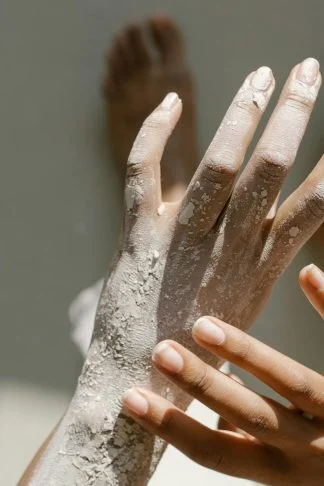
4. Milk Compress
Milk contains lactic acid and anti-inflammatory properties that can soothe and gently exfoliate dry skin. Soak a clean washcloth in cool milk and apply it to affected areas for 5–10 minutes. Avoid this method on cracked skin.
5. Aloe Vera
Aloe vera is known for reducing redness, irritation, and dryness. Its mucopolysaccharides, similar to hyaluronic acid, help retain moisture. Perform a patch test before applying it to larger areas of skin.
6. Honey
Honey is a natural humectant with healing and anti-inflammatory properties. Use it as a spot treatment for rough patches or include it in homemade face masks. Consult a dermatologist before using honey to treat specific skin conditions.
7. Petroleum Jelly
Products like Vaseline or Aquaphor create a protective barrier to lock in moisture and prevent chafing. Petroleum jelly is suitable for sensitive areas like eyelids and lips but should be avoided on acne-prone areas.
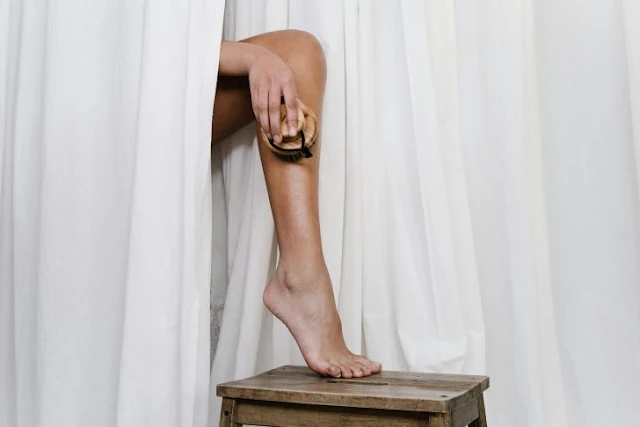
Choosing the Right Products
When selecting skincare products, opt for ointments or creams instead of lotions for better hydration. Look for these key features:
- Fragrance-Free: Choose products labeled as “fragrance-free” rather than “unscented,” which may still contain irritants.
- Hydrating Ingredients: Seek out components like ceramides, glycerin, and hyaluronic acid for effective moisture retention.
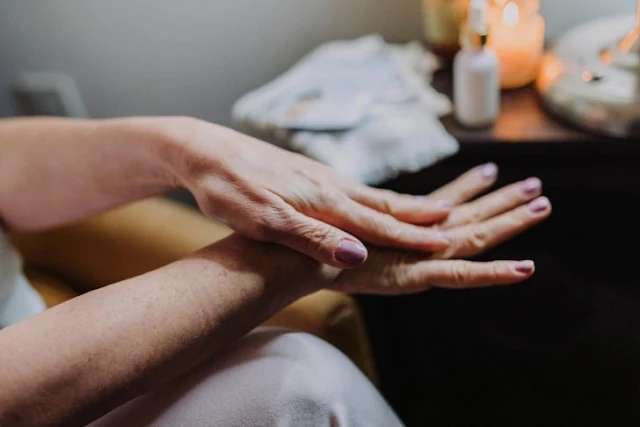
When to Consult a Doctor
If dryness persists despite home remedies, it may signal an underlying skin condition. Consult a dermatologist for professional care or prescription treatments tailored to your needs.
By following these tips and incorporating natural remedies, you can effectively manage dry, flaky skin and maintain a healthy, glowing complexion.
My Stepdaughter Surprised Me with a Car for My 55th Birthday, Discovering What Was Inside the Glove Box Left Me Speechless

Receiving a car from my stepdaughter, Emily, on my 55th birthday was the last thing I expected, especially given our rocky relationship. She handed me the keys and mentioned there was another surprise in the glove compartment. What I found inside changed everything between us.
Being a stepmom often feels like a balancing act, trying to be a parent without overstepping boundaries. For ten years, I navigated this tightrope with Emily. I met her father, David, at work, and after becoming friends, we started dating. He had lost his wife a year before we met, and his focus was on Emily, his cherished daughter. As our relationship deepened, I wondered about our future together. David expressed his love for me but worried about how Emily would react to a new stepmother.
When I married David, I knew it would be complicated. Emily was only 12 and still grieving her mother. My first meeting with her was tense; she barely spoke and quickly retreated to her room. This set the tone for our relationship. I tried my best to connect, but she remained distant, polite but always keeping me at arm’s length.
I remember putting together a surprise party for her 13th birthday, hoping it would help us bond. Although she smiled at the decorations, she still held back emotionally, creating a barrier between us. Despite the challenges, David and I were happy together. However, everything changed when David died in a car accident five years ago, leaving Emily and me to navigate our grief alone.
In that dark time, I promised to be there for Emily. But even as we became each other’s only family, I sensed that she merely tolerated me. As she grew more independent, starting a career in marketing, our interactions felt more like a formality than a genuine connection. I longed for a warm relationship, but it often felt one-sided.
Last Thanksgiving was particularly hard; Emily barely acknowledged me at a family gathering, deepening my feelings of being an outsider. So, when Emily called just before my birthday to take me out for a special dinner, I felt a flicker of hope. She picked me up in a sleek red convertible, and I thought it might finally be a sign of her acceptance.
When she handed me the keys, her voice felt distant and flat, almost like she was just fulfilling an obligation. I managed to thank her, but the dinner felt awkward and forced. It was hard to shake the feeling that the car was more of a way to alleviate her guilt than a genuine gift.
As we parked, Emily mentioned another surprise in the glove compartment. My heart raced as I opened it, revealing a stack of drawings from her childhood. My breath caught as I saw the stick-figure versions of us, with me labeled as “Mom” and captions like “Mom and Me”.
Tears filled my eyes as the realization hit: Emily had seen me as her mom all along, despite the distance between us. When I expressed my shock, she admitted she loved me but felt guilty calling me “Mom” because of her birth mother.
In that moment, the walls that had stood between us for years crumbled. We embraced tightly, tears streaming down our faces. That evening, we shared everything—our fears, doubts, and cherished moments. Finally, I felt the deep bond of a mother and daughter.



Leave a Reply